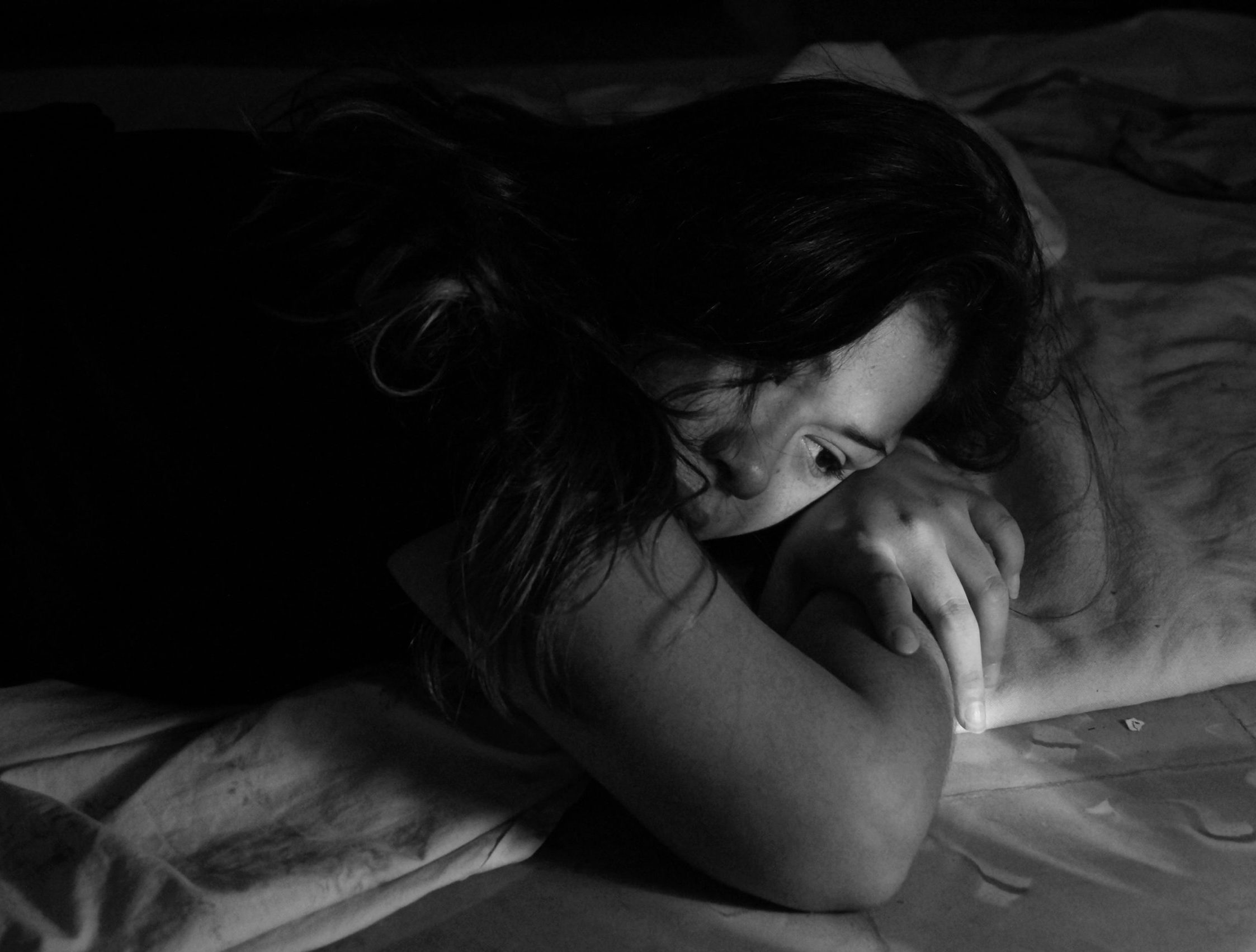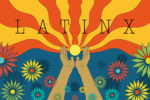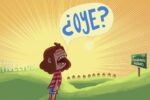The concept of corporal punishment was inextricable from my identity as a small girl growing up in a predominantly non-Latino area. My neighbors were not Latino, my classmates were not Latino, and neither were my teachers. The few kids I knew that were Latino all sat together at lunch and bonded over the experiences we shared despite all being from different countries. Some of us had only recently started at the school, yet we had so much more in common with each other than we did with the children we sat next to in class. One great common theme that brought us together was the “Latino way” of bringing up children.
What could be more Latino than ducking under a chancla sent flying overhead? What Latino child doesn’t know the sting of a leather belt on their bare legs? Who among us has not received un cocotazo from a family member for saying something we probably should not have said?
I’ll never forget a particular exchange I had in the third grade. A blond little boy kicked his feet in his little plastic chair as he told me about a fight he had with his mother the night before. He told his mother to leave him alone and stormed out of the room. My eyes grew as wide as saucers as he went on. “And then she hit you on the mouth!” I exclaimed, feeling confident that I had guessed the next part of his story. He gave me a funny look before shaking his head. “She told me to sit down at the table to talk,” he explained, as if it was all actually very simple.
I shared all of this with my friends while we ate lunch in the cafeteria. We all agreed that he was the odd one and that it would have made much more sense if the story had ended with tears and maybe a few bruises. We all thought ourselves brave and strong for being able to endure the spankings from our parents. The words “physical abuse” never so much as crossed our minds.
Murray Arnold Strauss, an American researcher of family violence and professor of sociology at the University of New Hampshire, defined corporal punishment as “the use of physical force with the intention of causing a child to experience pain, but not injury for the purpose of correction or control of the child’s behavior.”
Almost all American children have experienced some form of corporal punishment at some point in their lives. However, physical abuse is an attack on a child that results in injury. And Latino children are significantly more likely to suffer from some type of abuse than their non-Latino counterparts. In fact, approximately 80% of Latino children undergo some type of adverse or traumatic experience during their youth. That is almost four out of every five Latino children that face financial insecurity or family dysfunction. And still, 28% of those children suffer from four or more different types of trauma. Yet, most trauma, especially when it comes to corporal punishment and physical abuse, are braved with a sort of familial and cultural pride.
Now, in the digital age, Latinos still bond over the experiences we shared growing up. Twitter, Facebook and other image-sharing sites have become the lunch table Latinos sit at to swap stories about the time their father made them cry the hardest or the biggest bruise their mother left when she struck them with the first thing she could wrap her fist around. It’s all normalizing a very common trauma for Latinos. Children are never aware that what they experience is anything besides the norm, so they endure it quietly. After all, if everyone else can endure it, then why can’t they? Meanwhile, adults who experienced their own adverse experiences try to make their trauma more palatable in the form of humor or sentimental nostalgia in an effort to convince themselves that it did not really hurt them as much as it might seem.
But these online commiserations pose a new challenge. Since most posts on social media are available for anyone to see, the use of corporal punishment as a form of abuse in Latino families becomes normalized for Latinos and non-Latinos as well, which can reinforce racist stereotypes. The stereotype that Latinos are more hot-tempered or violent can dismiss abusive behavior as just a matter of cultural difference that makes it all the more difficult for Latino children to get the help they need.
A problem as large and complicated as this one does not have a simple solution. Corporal punishment occurs in families from all ethnic backgrounds, but Latinos have attributed a unique esteem to it as simply another part of the culture. I believe that some of the ferocity with which Latinos stamp their identity to the pao-paos they received as children is the result of culture shock. Many Latino children are from countries outside the U.S. and the transition can be difficult. And if a Latino child that has not yet acclimated to their new environment encounters bullying from their peers, they find themselves defending the cycles of abuse that have been passed down alongside beloved traditions such as the quinceañera celebration and eating lechon during the holiday season.
Perhaps creating awareness could be a step in the right direction. Cultivating an appreciation and understanding for the culture can help Latino children feel less like a fish out of water among their non-Latino peers. Culturally aware educators can provide further support and intervention should a child have an unstable home life. The organization Salud America! offers research-based strategies on how to make a change in a child’s life.
Pain and trauma should not be embedded into the traditions passed down to the new generations. Children deserve a sense of solace and community in their culture that does not include comparing traumas suffered. Latino culture is beautiful and being able to share it with others is part of what makes the Latino experience so special, but some things are best left in the past. I wish that Latino children in the future will sit at their lunch tables and bond over the very special way their grandmother makes their cup of morning coffee before school, the way their parents dance salsa in the kitchen or how the sound of coquis sends them into the most comfortable sleep they will ever know.

















